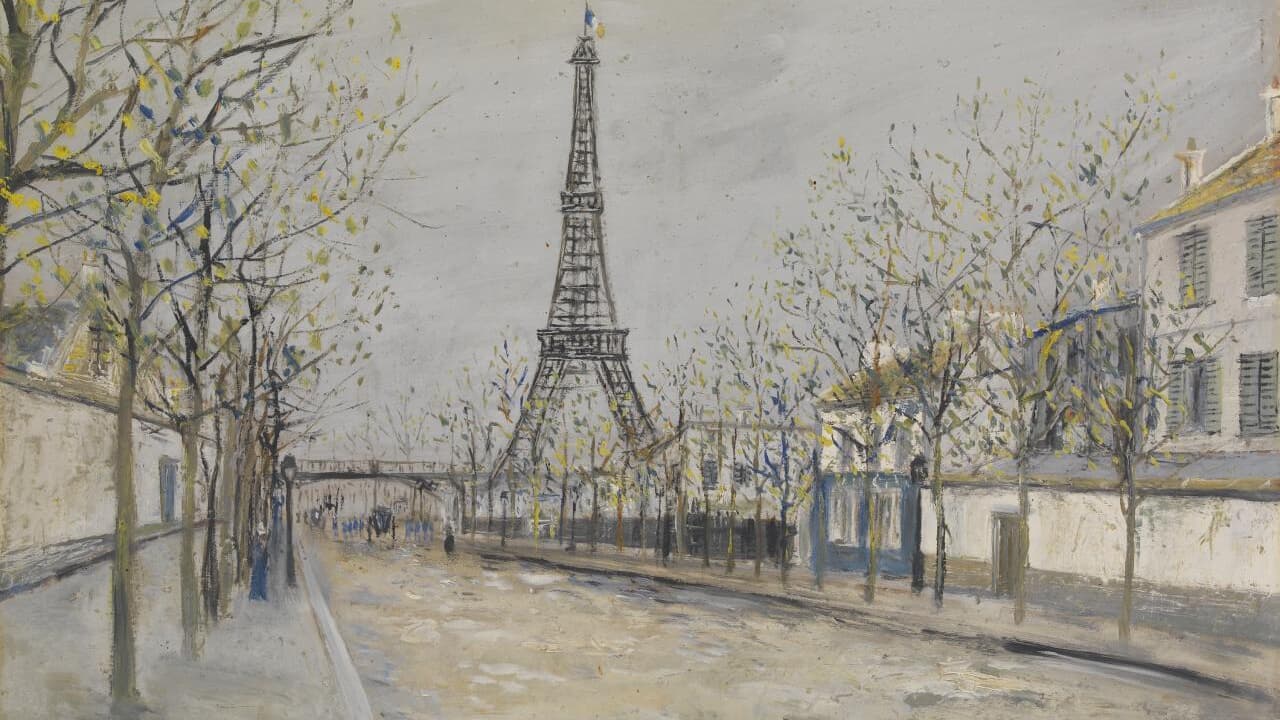Poulenc’s Violin Sonata: A Wartime Elegy
Francis Poulenc’s Violin Sonata is music born out of war and tragedy. It is one of a series of defiant, politically charged works Poulenc composed between 1942 and 1943 while remaining in occupied France.* The Sonata was dedicated to the Spanish poet, Federico García Lorca, who was arrested, imprisoned without trial, and executed by Falangist forces during the outbreak of the Spanish Civil War in 1936. Poulenc, who wrote numerous chamber pieces …




